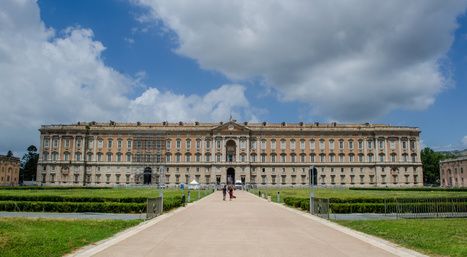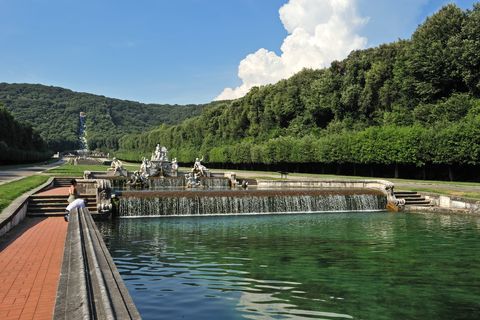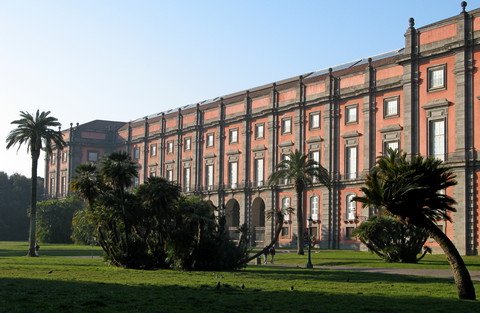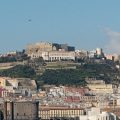The Royal Palace of Caserta (“Reggia di Caserta”) is one of the most famous attractions in Campania. It was one of the royal residences of the Bourbon kings of Naples and it is considered the largest palace built in Europe in the 18th century. The Palace is surrounded by a beautiful park.

The Royal Palace of Caserta (© dudlajzov – Fotolia)
From the gorgeous staircase you have a beautiful view of the wonderful park with wells and waterfalls
which attracts thousands of visitors every year. It spans over 3 km of hills and green meadows with an imaginative system of fountains and nice wells running through it. The French Garden is followed by the English Garden with the swan lake and the Camellia trees from Japan, which wasn’t part of the original design of the park. Until today, it has exotic plants from all over the world.
Today, the lower floor of the wonderful Royal Palace of Caserta houses the “Museo del Vanvitelliano” and on the first floor you can see the royal chambers, the Cappella Palatina, as well as an art gallery. Also worth seeing is the magnificently decorated court theatre.

Royal Park of Caserta (© Gino Cianci – Fototeca ENIT)
Lots of movies have been shot in the Royal Palace of Caserta, like parts of “Star Wars – Episode I”
By order of the Bourbon king Charles III, the architect Vanvitelli designed the magnificent Royal Palace and the park based on the model of Versailles. Charles III wanted the palace to be the administrative centre and had it built in a protected location outside Naples because, due to its location directly at the coast, the Palazzo Reale in Naples was too susceptible to enemy attacks. They planed a representative palace whose importance was supposed to equal that of Versailles.
Charles III envisioned Naples’s extension towards the inland, a big metropolis and the capital city of his empire. The palace of Caserta was supposed to be the heart of that vision.
The following historical events of the 19th century and the unification of Italy, which led to the loss of Naples as capital city, prevented that plan.
Construction of the square palace with 1200 rooms and 1790 windows began already in 1752,
but couldn’t be completed until 1852 after many delays. Charles III passed the supervision of the construction work on to his son, Ferdinand IV, who had Vanvitelli’s design carried out incompletely.
In 1996 The Palazzo Reale in Caserta has been listed among the UNESCO World Heritage Sites.



